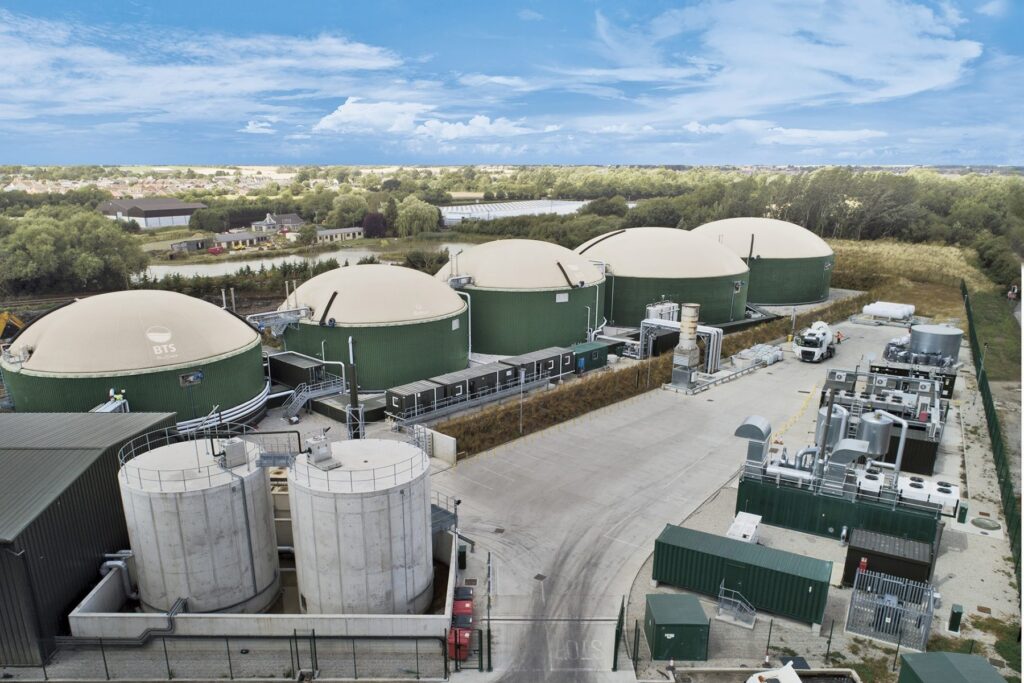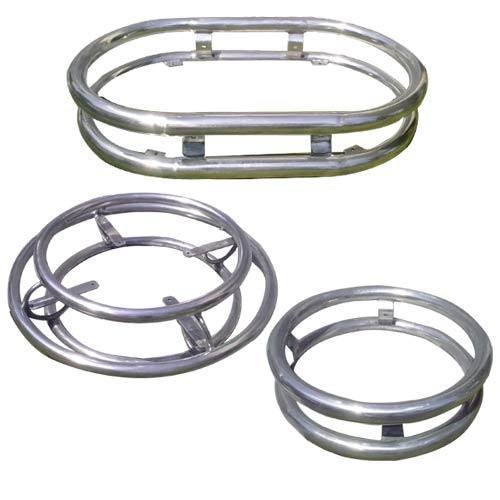
South America is navigating the dual challenges of managing increasing waste generation and transitioning to sustainable energy systems. Waste management plays a pivotal role in energy sustainability. This is by reducing environmental harm and reclaiming energy from waste streams. The transition from linear to circular waste systems and investing in waste-to-energy technologies can reduce the environmental footprint. The region has potential to lead in sustainable waste-to-energy practices. This is with improved infrastructure, robust policies, and public engagement. Countries like Brazil, Chile, and Colombia are embracing waste management technologies to reduce greenhouse gas emissions and provide energy. However, the transition faces several challenges. These include lack of infrastructure, informal recycling systems, low public awareness, and high dependency on landfills. Corona rings help reduce the electric field intensity around high-voltage conductors. This reduces the risk of Corona discharge that can cause energy losses, radio interference, and damage to equipment.
A corona ring reduces corona effects and contributes to improved power quality to ensure a reliable and efficient power supply to waste-to-energy plants. Corona rings mitigate the effects of electrical stress to extend the lifespan of power line components. This helps to reduce maintenance costs and downtime. Corona rings play a crucial role in supporting the electrical infrastructure that enables the operation of waste-to-energy facilities and other renewable energy sources. Let’s look at the challenges facing waste management in ensuring energy sustainability in South America. The article also sheds light on the importance of corona rings in waste management infrastructure.
Challenges facing waste management in South America’s energy sector
Waste management in South America intersects with the energy sector in several ways. These include producing renewable energy from waste and reducing the energy-intensive process of raw materials. There are several challenges that hinder the region’s ability to fully integrate sustainable waste management practices into energy systems. To address these challenges, the region’s energy sector must invest in infrastructure, promote public awareness, strengthen policies, and encourage circular economies. . At TTF Power, we are a one-stop-shop for utility pole hardware fittings, transmission line accessories and power line construction equipment. We provide our customers with the most extensive range of products in the industry, excellent value and knowledgeable service. The following are the challenges facing the waste management sector in South America.

- Inadequate waste segregation – waste streams mix recyclable, organic, and hazardous materials, which makes energy recovery inefficient. Mixed waste reduces the efficiency of waste-to-energy plants and increases processing costs.
- Insufficient infrastructure and investment—many regions lack advanced waste processing plants such as incinerators with energy recovery, composing units, or biogas digesters. Waste-to-energy technologies and renewable energy systems need significant upfront investments.
- Technical and technological barriers – technologies are not widely used due to high costs and a lack of technical expertise. Inefficient processes for waste collection and transportation increase energy consumption and emissions.
- Environmental and social concerns – waste-to-energy plants face opposition from environmental groups due to air pollution concerns.
- Climate change impacts – rising temperatures can speed up methane emissions from landfills. Floods and landslides can disrupt waste collection and landfill operations, leading to energy losses and environmental hazards.
- Economic constraints—budget constraints are insufficient to fund large-scale waste and energy infrastructure projects. Global price fluctuations for recyclables reduce incentives for waste recovery and recycling.
The role of Corona rings in waste management for energy sustainability in South America
Corona rings are metallic rings installed on high-voltage equipment such as insulators, transformers, and power lines. They distribute electric fields evenly, reducing the risk of Corona discharge, which can lead to energy losses. They improve reliability and longevity in high-voltage equipment. This is by reducing energy loss, overheating, and wear caused by uneven electrical fields. Corona rings play a crucial role in energy sustainability in infrastructure supporting waste-to-energy technologies and renewable energy integration. Discussed below are the applications of corona rings in waste management for energy sustainability in South America.

- Supporting waste-to-energy infrastructure – waste-to-energy plants need high-voltage connections to local power grids to distribute electricity generated from waste processing. Corona rings protect high-voltage systems to reduce maintenance costs and downtime.
- Enabling renewable energy integration in waste facilities—many waste management facilities are integrating renewable energy sources like solar and wind to power operations. Corona rings enhance the reliability of high-voltage systems for transmitting renewable energy.
- Improving energy resilience in energy infrastructure – most waste management sites are located in areas with high humidity, pollution, or temperature extremes. This increases the risk of corona discharge; corona rings mitigate these risks to ensure uninterrupted energy supply and sustainability.
- Ensuring energy efficiency in biogas systems – biogas plants involve electrical systems that operate under high-voltage conditions. Corona rings stabilize these systems to prevent electrical energy loss and ensure efficient operation